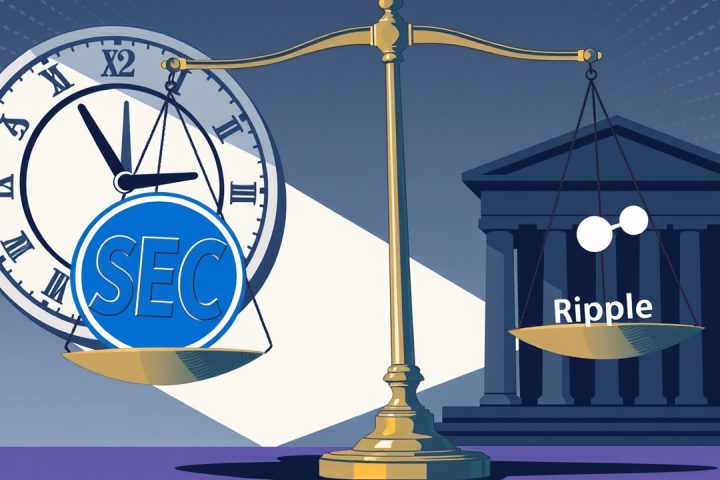The European Central Bank’s Stance on Multi-Issuance Stablecoins
The European Central Bank (ECB) is moving towards implementing a comprehensive ban on multi-issuance stablecoins across the European Union (EU), a decision that could significantly impact dominant players in the market like Circle and Paxos. These multi-issuance stablecoins are tokens that are issued collaboratively by EU-based entities and foreign partners, allowing them to be treated interchangeably despite differing management of reserves.
Concerns Over Market Stability
Recent statements from the ECB highlight concerns regarding potential market instability during downturns. In such scenarios, a surge of investors seeking to redeem their tokens in the EU could overwhelm local reserves, leading to financial liabilities for the region stemming from external entities.
“Shortcomings in the EU’s Markets in Crypto-Assets Regulation (MiCA) leave the region vulnerable.” – Christine Lagarde
Recommendations from the European Systemic Risk Board
Last week, the European Systemic Risk Board (ESRB), which consists of central bank governors and key EU officials and is presided over by ECB President Christine Lagarde, supported a recommendation for banning these stablecoin structures. While this guidance does not carry legal weight, it elevates the pressure on EU regulators to either comply with the recommendation or clarify how they intend to maintain financial stability without such measures. Both the ECB and the ESRB have refrained from commenting on the issue.
Risks of Dollar-Pegged Stablecoins
Lagarde has emphasized that joint issuances lacking stringent oversight over non-EU partners pose systemic risks comparable to past banking crises driven by cross-border liquidity mismatches and insufficient reserves. She insisted that unless robust equivalence and safeguards are established for cross-border asset transfers, multi-issuance stablecoins will not be permitted to operate within the EU.
The ECB’s initiative is fueled by broader worries over the dominance of dollar-pegged stablecoins, which could threaten the financial sovereignty of the European bloc. Currently, stablecoins supported by the euro only account for a mere 0.15% of the global stablecoin market, which is valued at $230 billion, with dollar-linked assets capturing a staggering 99% share. Jürgen Schaaf, an ECB advisor, has cautioned that a growing dependence on dollar-denominated stablecoins could impair the effectiveness of European monetary policy.
Impact on Major Issuers
Prominent issuers such as Circle and Paxos, primarily based in the United States, are poised to be most adversely affected by these impending regulations. Their reserves are predominantly held in dollar cash and short-term U.S. government securities. Meanwhile, regulators from Finland and France, who supervise these companies’ operations within the EU, have chosen not to comment on the potential fallout from this proposal, nor have representatives from Circle and Paxos, although sources suggest that the European Commission had previously shown support for the multi-issuance model.
Internal Divisions and Future Prospects
As the debate continues, the European Commission has yet to finalize its standpoint, revealing an internal divide within EU institutions. While the ECB advocates for a strict approach, some policymakers prefer establishing clear safety measures instead of imposing a full ban. A recent publication by Bank of Spain board member Judith Arnal cautioned that discord among the ECB, the Commission, and the European Parliament could undermine MiCA’s standing as a global benchmark.
This move also coincides with ongoing discussions in Europe regarding the establishment of a digital euro, a project the ECB has been championing since 2021 and is still awaiting legislative greenlighting. Frankfurt officials assert that the emergence of dollar-backed stablecoins underscores the urgency for a European equivalent to be developed. The ECB aims to blend traditional currency systems with digital innovations as it prepares for the future of payments, while European banks work on launching their own euro-backed stablecoin by 2026, in adherence to MiCA regulations.




